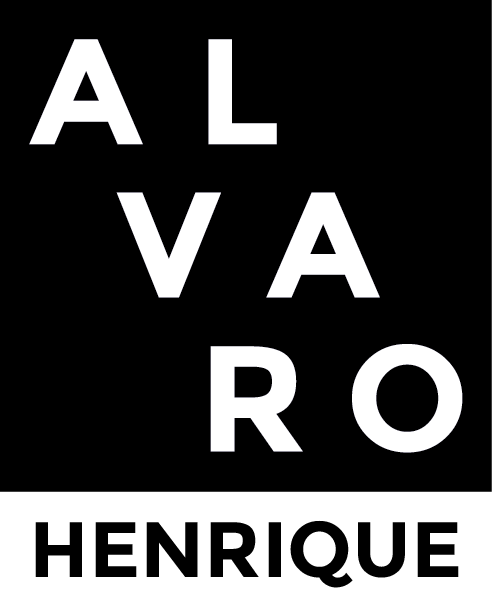The acclaimed Brazilian guitarist Alvaro Henrique has just released his latest album entitled “Villa-Lobos’ Guitar: volume 1”. With the participation of the Cláudio Santoro National Theater Symphony Orchestra, conducted by Cláudio Cohen, the album also features talented musicians such as Diana Mota (flute), Kleber Lopes (oboe), Carlos Gontijo (sax), Duly Mittelstedt (celesta), and Raphael Aragão (harp), conducted by Ricardo Sousa-Castro.
The album presents compositions by one of the most important composers of Brazilian classical music, Heitor Villa-Lobos, with emphasis on the 12 Studies, the Mystic Sextet, and the Guitar Concerto. In this first of three volumes, the focus was on the production from the period when Villa-Lobos lived in Paris.
If you want to already start listening to the recording while reading a detailed commentary of each song, click on https://tratore.ffm.to/oviolaodevillalobos-vol1 and choose your favorite streaming platform.
It is noteworthy that in interpreting the 12 Etudes, Alvaro Henrique applied several innovative techniques. Villa-Lobos’ Study 1 has several similarities with Chopin’s Study 1 Op. 10. To make the relationship more evident, Alvaro uses the same accentuation that Chopin requests to create the feeling of a “waterfall of notes”. Villa-Lobos’ Study 2 has many similarities with Paganini’s Capriccio 1. To make them more similar, Alvaro Henrique played all the notes with the right hand, instead of playing some with the left hand (on) and relating the intensity of the notes to their pitch (bass and treble). Study 3 is subentitled by Villa-Lobos as an arpeggio study, but the guitarists play it as if it were a slur study. To remove the slurs (notes played with the left hand) from the center of the musical discourse, and place the arpeggios as protagonists, it was necessary to think of unusual interpretive options.
Marco Pereira considers Study 4 as one of the many works that inspire Bossa Nova decades later. In the new critical edition of the 12 Etudes, editor Frederic Zigante puts in a small passage an accent reminiscent of choro. Alvaro Henrique dared to use this same logic for the entire composition and the result was surprising. In Study 5, Eduardo Fernandez noticed a quotation to Wagner, precisely the famous “Tristan chord”, in the slow section. For the quotation to be clearer, the first part needed to be faster than normal. As Marco Pereira pointed out that the first part is a nursery rhyme, and nursery rhymes can also be fast, it would be a coherent choice. Marco Pereira, in his book about Villa-Lobos’ guitar work, says that Study 6 is influenced by the Tango. A “porteña” footprint and sonority are present in this interpretation.
Marco Pereira, in his book about Villa-Lobos’ guitar work, relates Study 7 to marching bands, and the recording seeks to approach this aesthetic universe. Study 8 has a typical Maxixe rhythm after a melancholic introduction. Alvaro preferred to play it as the Brazilian dance to create more contrast, and reveal this layer of the composition. Study 9 is one of the mysteries of the group. It has a very simple melody, and a far-fetched embellishment. Most recordings put the embellishment in the foreground, and you can’t even identify that there is a melody. But putting the melody in the foreground creates the challenge of exposing that this melody is not that interesting… Since the idea was first of all to reveal what was hidden, in this recording the melody was put in the foreground.
About 20 years ago, new manuscripts of the 12 Studies for Guitar by Heitor Villa-Lobos were discovered. Among the differences between the 1928 manuscript and the version published by Max Eschig in 1953, the most glaring was in Study 10. Basically, an entire section of about one page was cut out. From this a controversy was born: which of the two versions would be the most correct?
In this first volume of Heitor Villa-Lobos’ integral for guitar both versions are included. Among the 12 Studies is the published version. As the last track in the album, there is the 1928 manuscript version.
Finalizing the 12 Estudos, we see in the last 3 some of the best examples of the indigenous influence in Heitor Villa-Lobos’ music. Studies 10, 11 and 12 are like an Indian ritual: in Study 10, the entire group gathers in an initial ceremony. In 11, an individual undergoes an individual transformation. In 12, the person reunites with the collective after their transformative experience.
With this, Alvaro Henrique presents a unique and original approach to Villa-Lobos’ works.
The Mystic Sextet, in turn, is an expression of Heitor Villa-Lobos’ incredible capabilities. Composed in the 1920s, the score was lost. Some 30 years later, writing in a different style, he recreates the score from memory. It would be very interesting to find the original score to see how faithful his memory was, but it is still an impressive achievement. The composition was named after the use in the group of instruments associated with angels and heaven: the harp, guitar and celesta.
The Guitar Concerto is Villa-Lobos’ great mature work. A summary of his entire work, we have citations to popular themes (Marcha, Soldado), indigenous influence (the clearest is the citation to the song Nozani Ná), in addition to his exuberant orchestration.
With “Villa-Lobos’ Guitar: volume 1”, Alvaro Henrique shows once again his skills as one of the main Brazilian guitarists of today and his passion for Brazilian classical music. The album is an invitation to all music lovers to enjoy Villa-Lobos’ beautiful compositions, masterfully performed by the talented Alvaro Henrique and the Cláudio Santoro National Theater Symphony Orchestra, conducted by Cláudio Cohen, and other guest musicians.
The recording is available on Spotify, Deezer, Amazon Music, Apple Music, and Tidal.
Access it on the link https://tratore.ffm.to/oviolaodevillalobos-vol1


